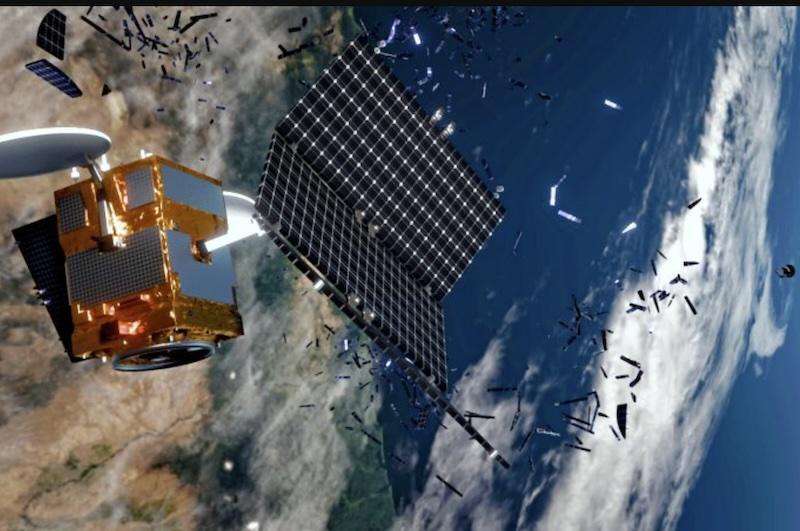5.09.2025

Credit: ESA
The European Space Agency (ESA) is reaching out to industry to formulate plans for spacecraft that would be survivable even in case of hypervelocity impact.
“As the orbital environment becomes increasingly saturated with debris, and ESA plans to expand its space presence, spacecraft resilience to hypervelocity impacts [HVI] is becoming essential for mission success and sustainability,” the agency says.
ESA says that hardening of systems so far has been limited to high-risk components, with much of the spacecraft still vulnerable.
“HVI robustness goes beyond passive shielding, it involves designing platforms and structures that can survive or continue functioning after an impact,” ESA says. That includes, for instance, spacecraft configurations to reduce collision chances.
To help shape its thinking, ESA says it wants to hear from industry that may be able to offer answers to questions on topics such as technology options to limit debris mitigation or spacecraft platform configurations to reduce collision probability. It wants initial answers by Oct. 15.
Quelle: AVIATION WEEK
